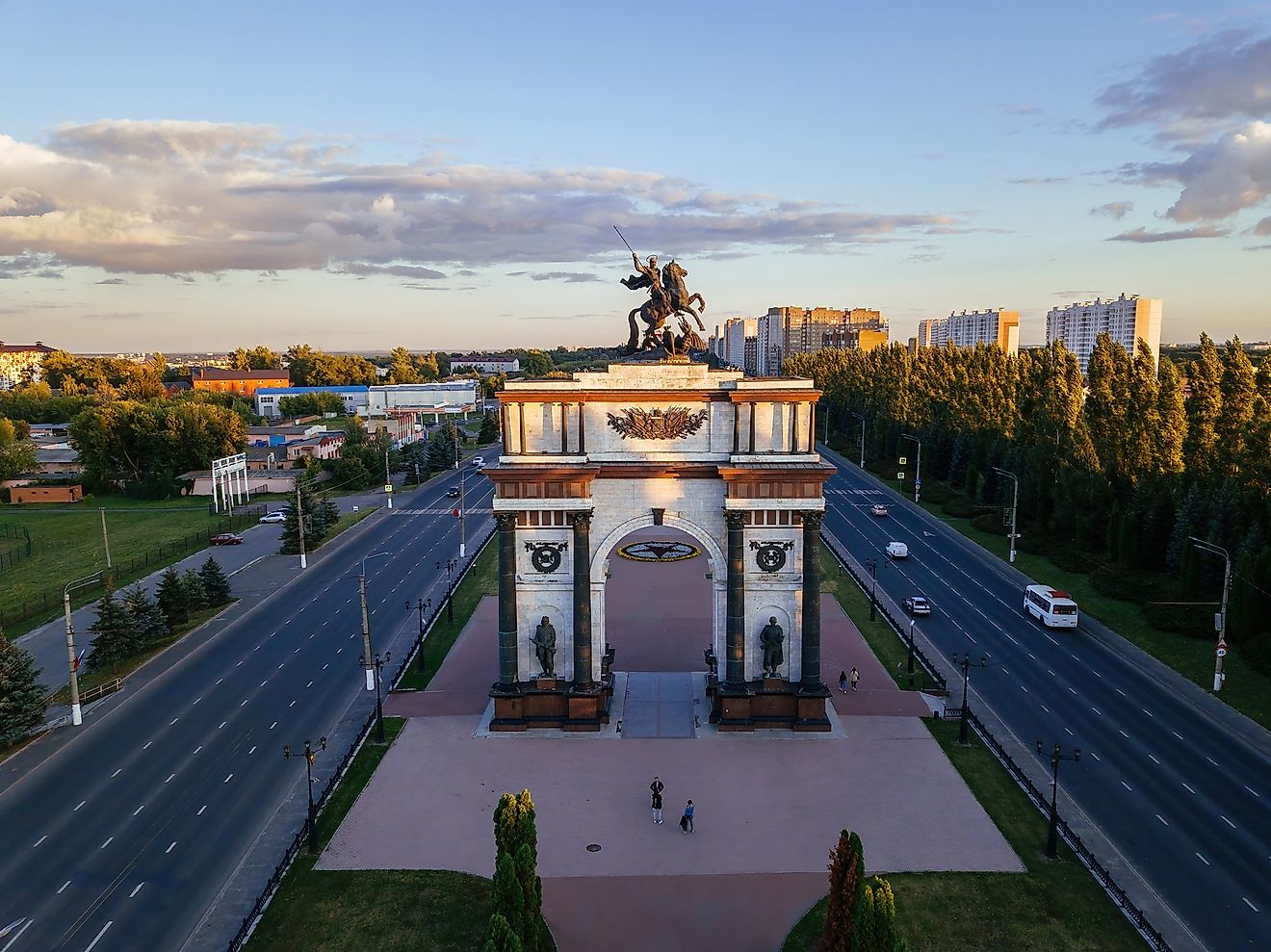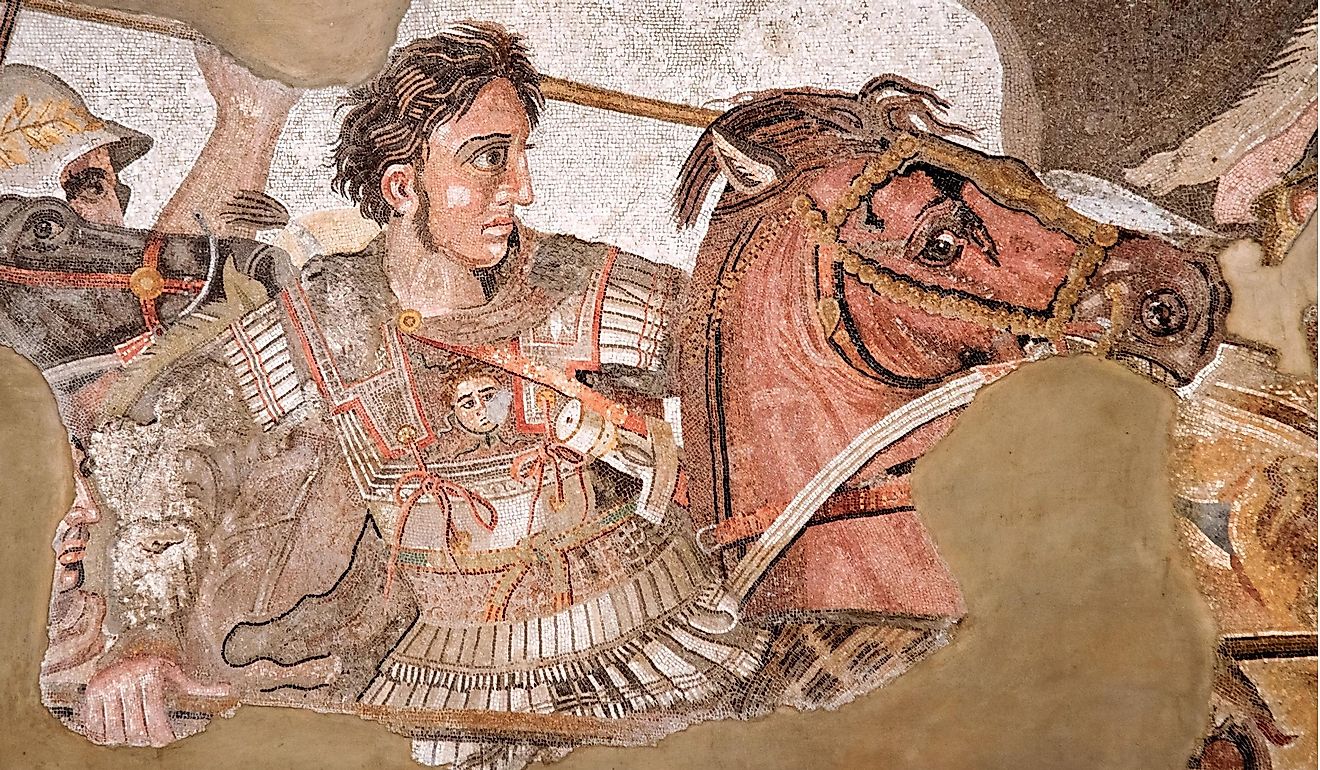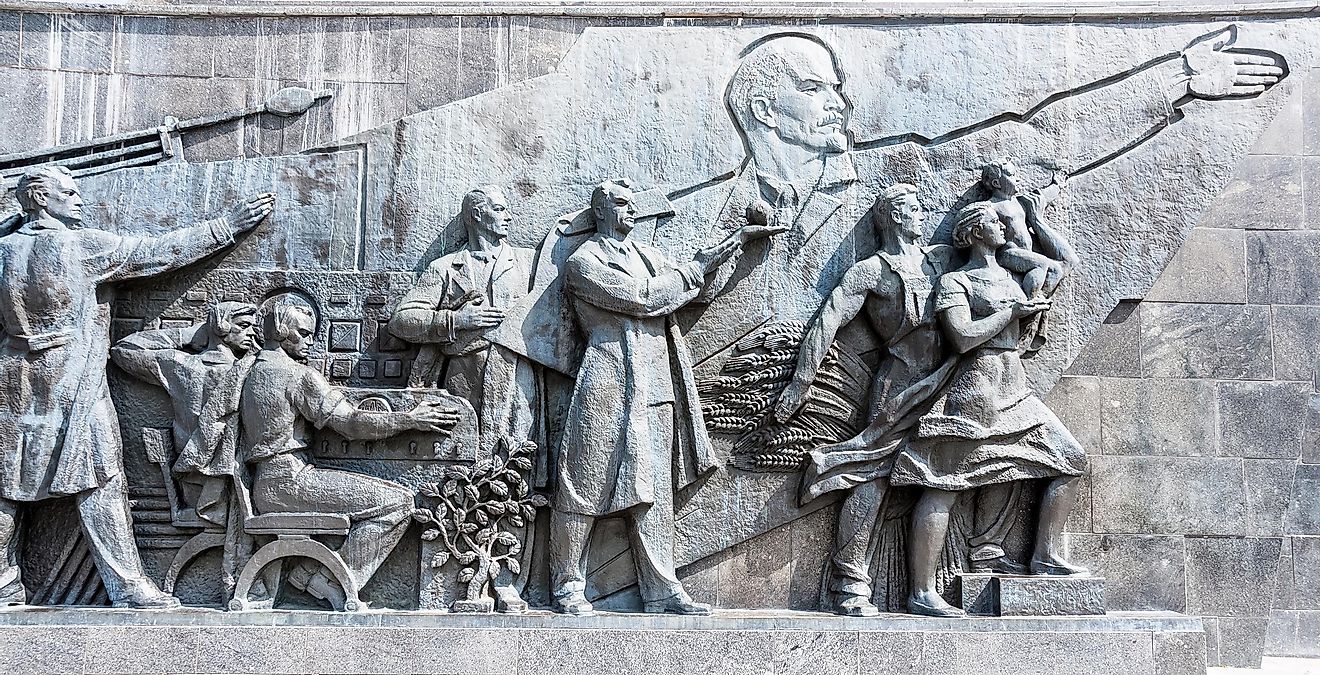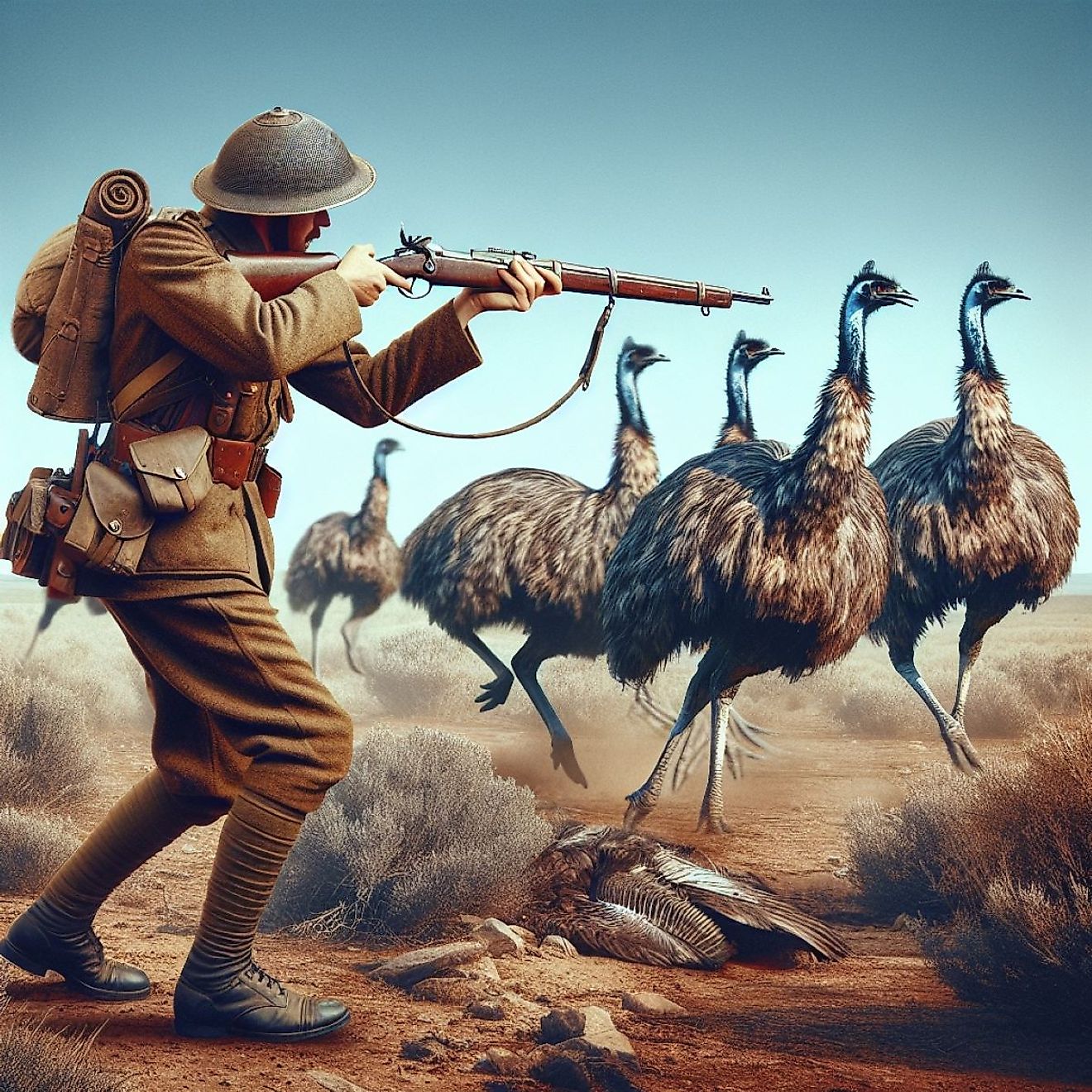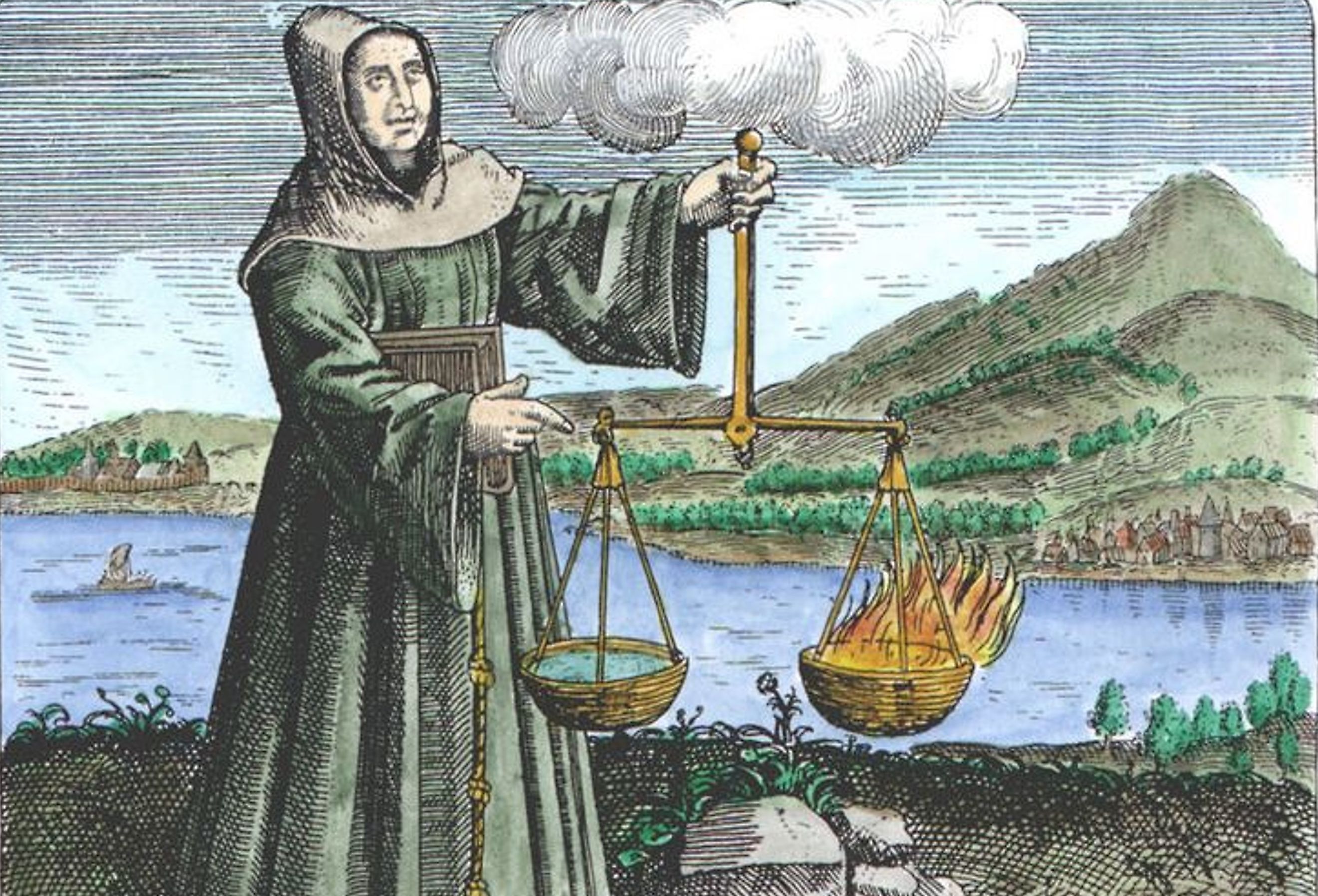
The Story of Medieval Wizard Roger Bacon
While wizards in the traditional sense do not exist, it takes a genius to accomplish the milestones that Roger Bacon achieved. This is probably why the average person in 13th-century Europe regarded Bacon as a wizard. Without the scientific formula or sufficient technology, advancing humanity's knowledge of the natural world was often akin to taking shots in the dark. With a bit of luck and brilliance, what humans managed to discover is astounding. Roger Bacon followed a long line of revolutionary thinkers, from Aristotle to Robert Grosseteste, and he focused significantly on the newfound merits of empirical testing. So, although he was once known as a mystical figure, the story of Roger Bacon is an intimate examination of the history of science.
Why Roger Bacon Was Considered a Wizard
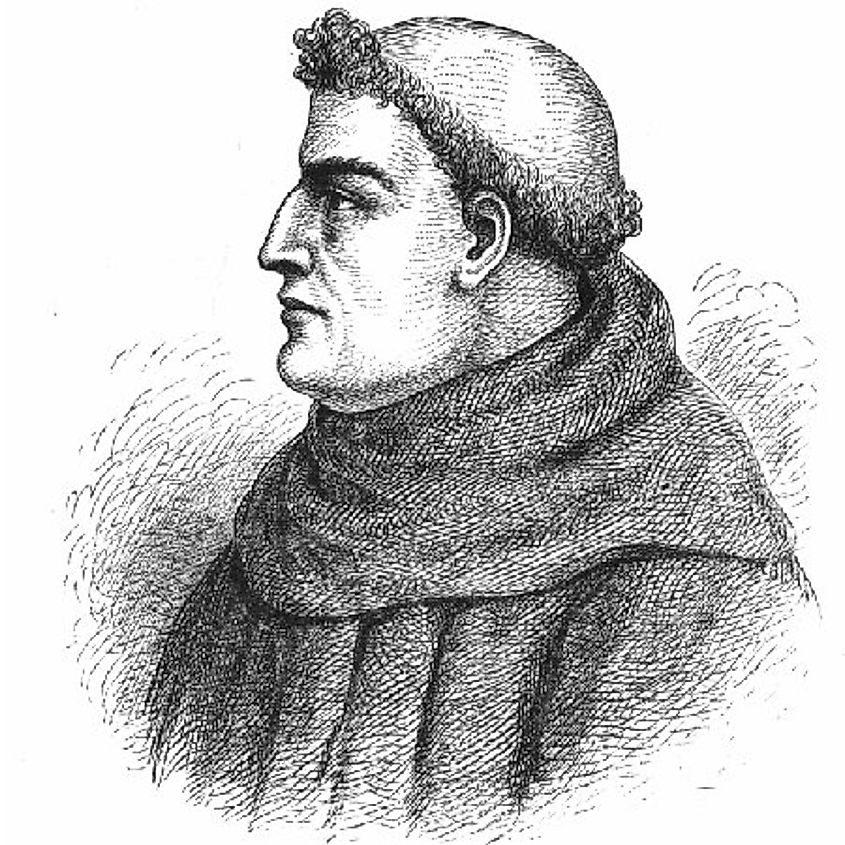
Roger Bacon (c. 1219/20 – 1292), an English philosopher and Franciscan friar, earned the moniker "Doctor Mirabilis," or "Wonderful Teacher," for his groundbreaking work in natural philosophy, optics, and experimental science. His innovative ideas and prescient vision of the future contributed to his reputation as a "wizard" in the eyes of his contemporaries.
One reason for this perception was Bacon's belief in the potential of scientific discoveries to transform society. He advocated for the application of empirical methods, experimentation, and mathematics to understand and manipulate the natural world. This approach was highly unconventional for his time, as the prevailing scholastic tradition leaned heavily on the authority of ancient texts and theologians. Bacon's vision of using science to achieve wonders such as flying machines, automobiles, and submarines seemed fantastical, and thus, many considered him a wizard or sorcerer.
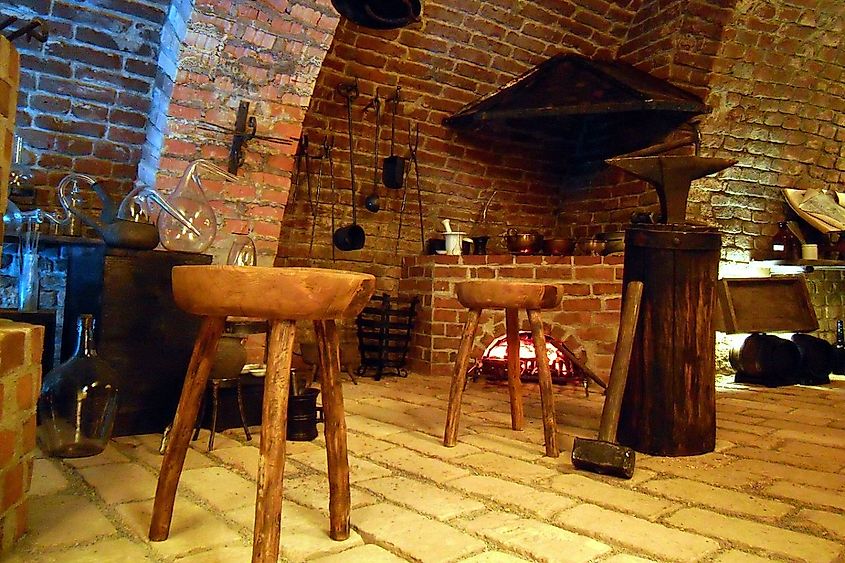
Bacon's work in optics and alchemy also contributed to his wizard-like reputation. He conducted pioneering research in the field of optics, which led to the development of lenses, mirrors, and other optical instruments. His fascination with the properties of light and color led to experiments in which he sought to manipulate them, which seemed magical to many during the 13th century.
Furthermore, his interest in alchemy, the predecessor of modern chemistry, and his attempts to uncover the secrets of nature and the cosmos were arcane and mysterious to casual observers. While Bacon did not advocate for the transmutation of base metals into gold, as some alchemists did, he did believe in the possibility of achieving a universal medicine, or panacea, capable of curing all diseases. These pursuits fueled the perception that Bacon possessed supernatural or magical powers.
The Life and Contributions of Roger Bacon
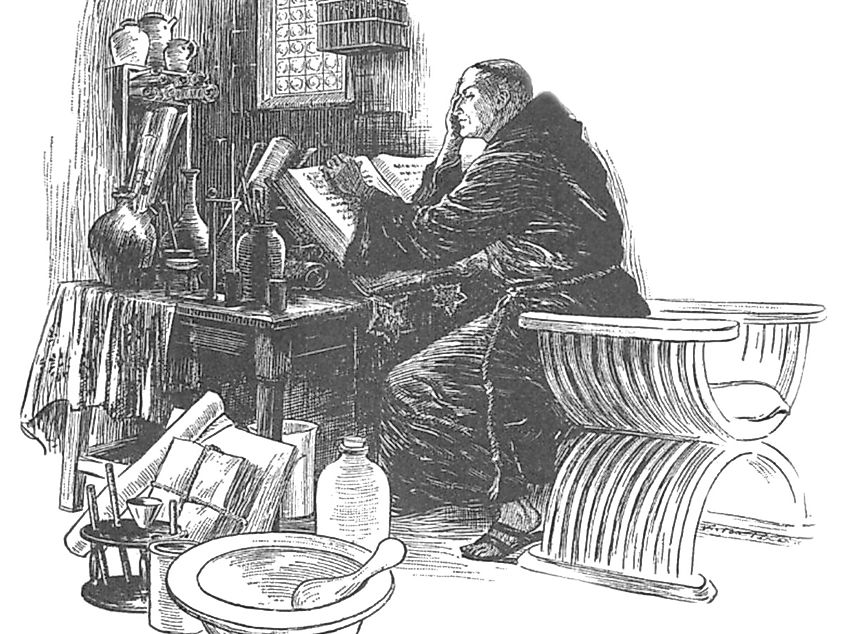
Roger Bacon was born around 1219 or 1220 in Ilchester, Somerset, England. He studied at the University of Oxford, where he was exposed to the works of Aristotle and other influential thinkers of antiquity. Later, he pursued further studies at the University of Paris, the leading center of learning in the medieval world. It was during this time that he became a Franciscan friar.
Despite facing opposition from his fellow friars, Bacon dedicated his life to the pursuit of knowledge. He believed in the unity of all sciences and the importance of learning from both observation and experimentation. His most famous work, "Opus Majus," written in 1267, was an ambitious treatise that explored a wide range of subjects, including optics, astronomy, mathematics, alchemy, and the philosophy of nature.
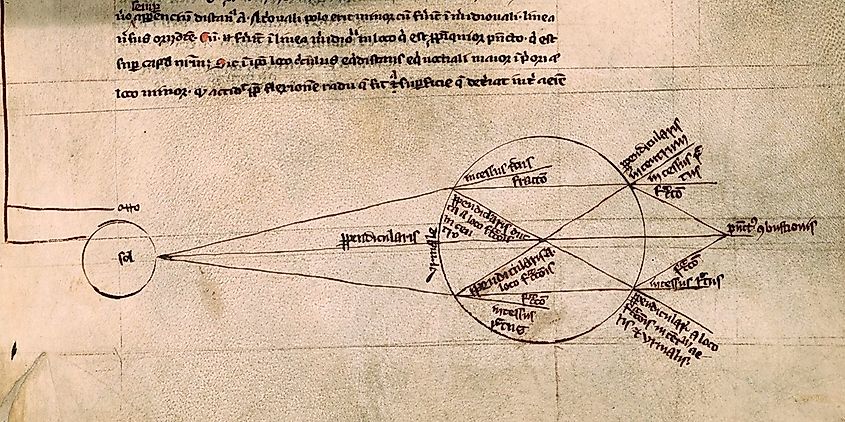
Bacon's contributions to the field of optics were particularly significant. His studies of the properties of light and lenses laid the groundwork for the development of eyeglasses and the eventual invention of the telescope and the microscope. He was also among the first to discuss the use of lenses for the correction of vision defects.
In addition to his work in optics, Bacon made notable contributions to other fields. For instance, he was an early advocate of the importance of studying foreign languages, including Arabic and Hebrew, for the advancement of knowledge. Some of Bacon's greatest inspirations were Middle Eastern academics like al-Farabi, Ibn Sina, and Averroes. He also recognized the significance of mathematics as a foundation for all sciences and explored its applications in various fields.
13th-Century Wizards and Sciences
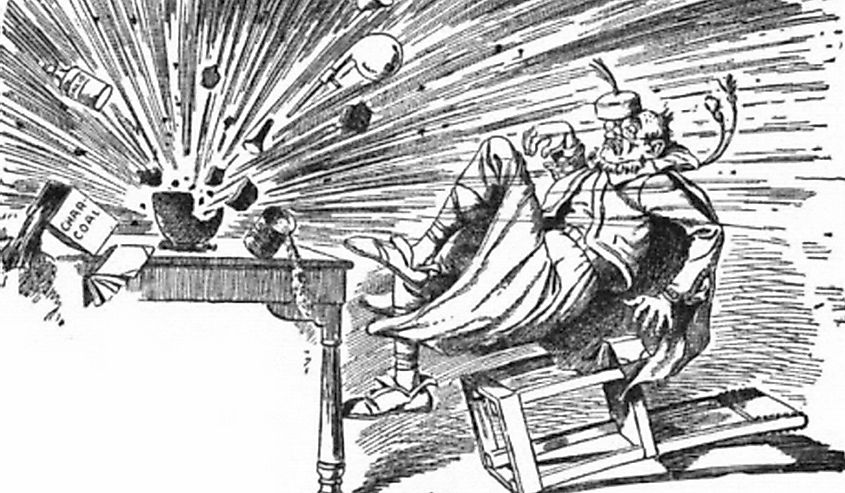
The 13th century was a period of remarkable intellectual development and saw the emergence of several thinkers and scholars who, like Roger Bacon, pushed the boundaries of knowledge in various fields. These individuals, often regarded as "wizards" due to their unorthodox ideas and pioneering work, contributed significantly to the advancement of science during the Middle Ages.
Roger Bacon himself made a notable discovery in the field of chemistry. While exploring the properties of different substances, he deciphered the formula for gunpowder. Although gunpowder had been invented in China centuries earlier, Bacon's work marked one of the first instances of its detailed description and instructions on producing it in Europe. This discovery impacted the development of weapons and military technology and the course of history.
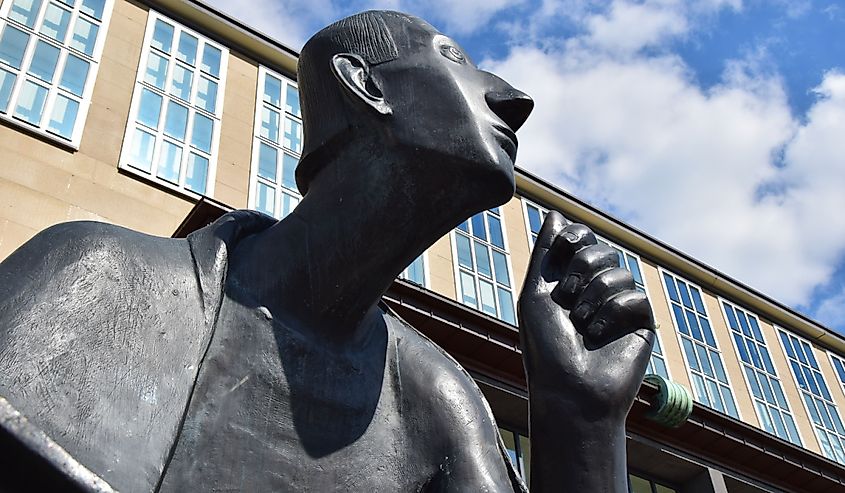
One of Bacon's contemporaries, Albertus Magnus (c. 1200-1280), a German Dominican friar and bishop, was another influential figure in the natural sciences. Like Bacon, he advocated Aristotelian philosophy and conducted extensive research in alchemy, botany, and zoology. Albertus Magnus was also considered a "wizard" by many due to his fascination with the occult, astrology, and the properties of minerals.
Another notable figure from this period was Thomas Aquinas (1225-1274), an Italian Dominican friar and theologian, who, while not a "wizard" in the traditional sense, was an influential philosopher of his time. He sought to reconcile Christian theology with the ideas of Aristotle, and his work laid the foundation for the later development of natural theology and the philosophy of science.
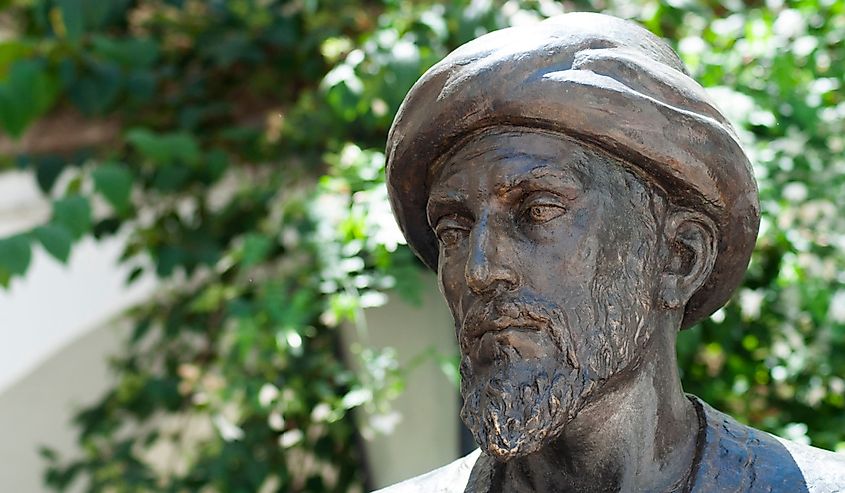
The Jewish philosopher and physician Moses Maimonides (1135-1204) was another significant thinker of this era. Although he lived slightly before Roger Bacon, his works considerably influenced the development of medicine, philosophy, and Jewish law. Maimonides' contributions to medicine included his emphasis on maintaining a balance between physical and mental health and his extensive study of the human body.
The 13th century also saw the flourishing of Islamic scholarship, with the works of the Persian polymath Alhazen (965-1040) and the Andalusian-Arab philosopher Averroes (1126-1198) being particularly influential, even to Roger Bacon. Alhazen made groundbreaking contributions to the field of optics, and his work laid the foundation for the later studies of both Bacon and Albertus Magnus. Averroes, a prominent commentator on Aristotle's works, also played a crucial role in transmitting the knowledge of the ancient Greeks to medieval Europe.
While the concept of wizards as magical beings may be rooted in fantasy, the achievements of Roger Bacon and his contemporaries during the 13th century were nothing short of remarkable. Moreover, Bacon showed universal respect to scientists of any background, a view that preceded and perhaps laid the foundation for the cooperation and joint ventures between rival nations of today. By reviewing his many contributions to science and philosophy, one might wonder if there may have been a little magic in the life of Roger Bacon after all.
